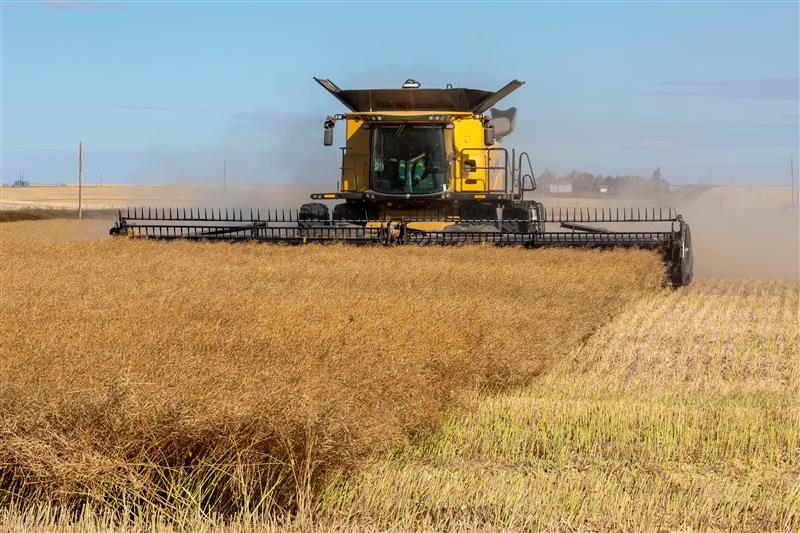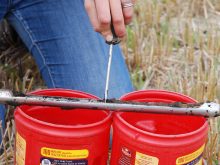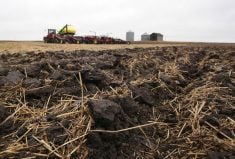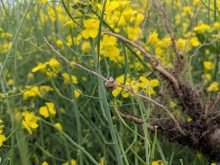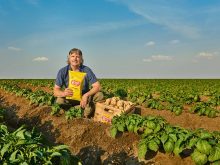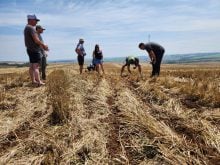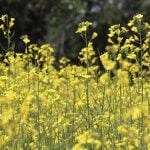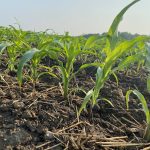The Canola Council of Canada recommends growers scout their fields for diseases this fall to head off potential issues in the spring.
Autumn Barnes, an agronomist with the canola council, said blackleg and clubroot are of particular concern across the Prairies.
“A lot of people don’t realize they have it until they have a disaster with it,” said Barnes. “It’s a unique disease and one which some of the spores have great longevity.”
In the fall, farmers should pull plants and look for it on roots on a cross-section of a field, said Barnes.
Read Also
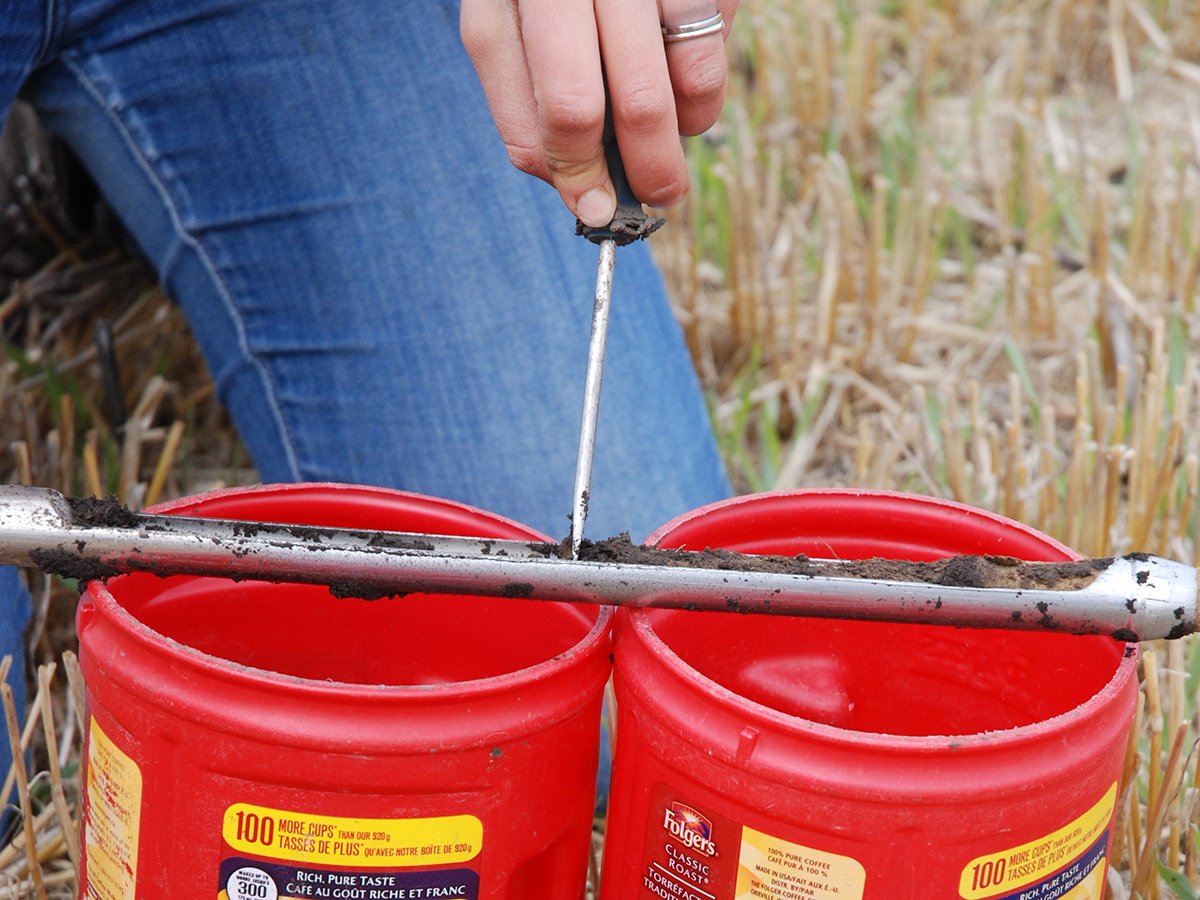
Federal government supports soil health strategy
Sophie Beecher, director general at Agriculture Canada, said at a soil conference in Winnipeg that the feds support the idea of a national soil health strategy.
“Because it’s soil borne, it’s a little patchy in nature,” she said.
If growers are doing soil testing, Barnes suggested they focus on areas that have a lot of traffic because clubroot spores are commonly spread by vehicles. Areas with high moisture levels should also be targeted, she added.
“If you take samples from the entire field, you might be diluting the sample so much that the one spot that was really high in spore count, it’s so diluted to be undetectable,” she said.
One of the best ways to avoid clubroot altogether is through rotating crops and seed variety selection.
“The really important thing growers can do is, regardless of whether they have confirmed clubroot in their area or not, is grow clubroot resistant hybrids,” said Barnes. “If what the canola people are growing is clubroot susceptible, it has the ability to rapidly increase the number of clubroot spores in the soil.”
Scouting for blackleg should be conducted even if the field is seeded with a disease-resistant strain, she said because there is no guarantee it won’t be present.
“A lot of growers assume because all of our varieties have some resistance to blackleg, some people just don’t look for it. The reality is genetic resistance is very complicated and we do end up seeing blackleg in resistant hybrids.”
Locating blackleg in such resistant varieties now will allow for time to consider a different variety, said Barnes.
Growers should pull plants, clip stems at ground level and check for blackening on the inside. If part of a rotation, check for older plants as dried samples can be tested as well, she said.
Soil testing in Manitoba and Saskatchewan can be done for free and Barnes encourages growers to contact their respective provincial canola associations for more information.
While sclerotinia can affect yields the most in the long term, it’s easily identified and usually shows up in areas of excessive moisture.
“This year was dry so, not a sclerotinia year,” said Barnes.

